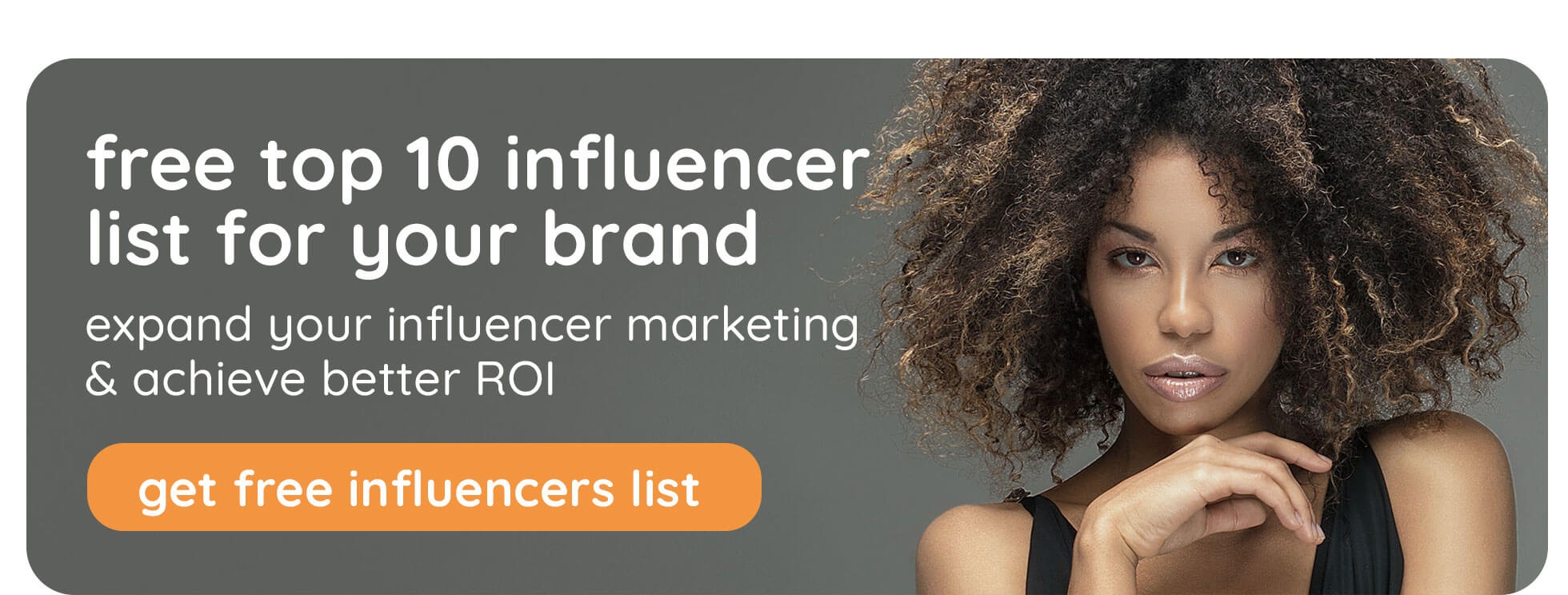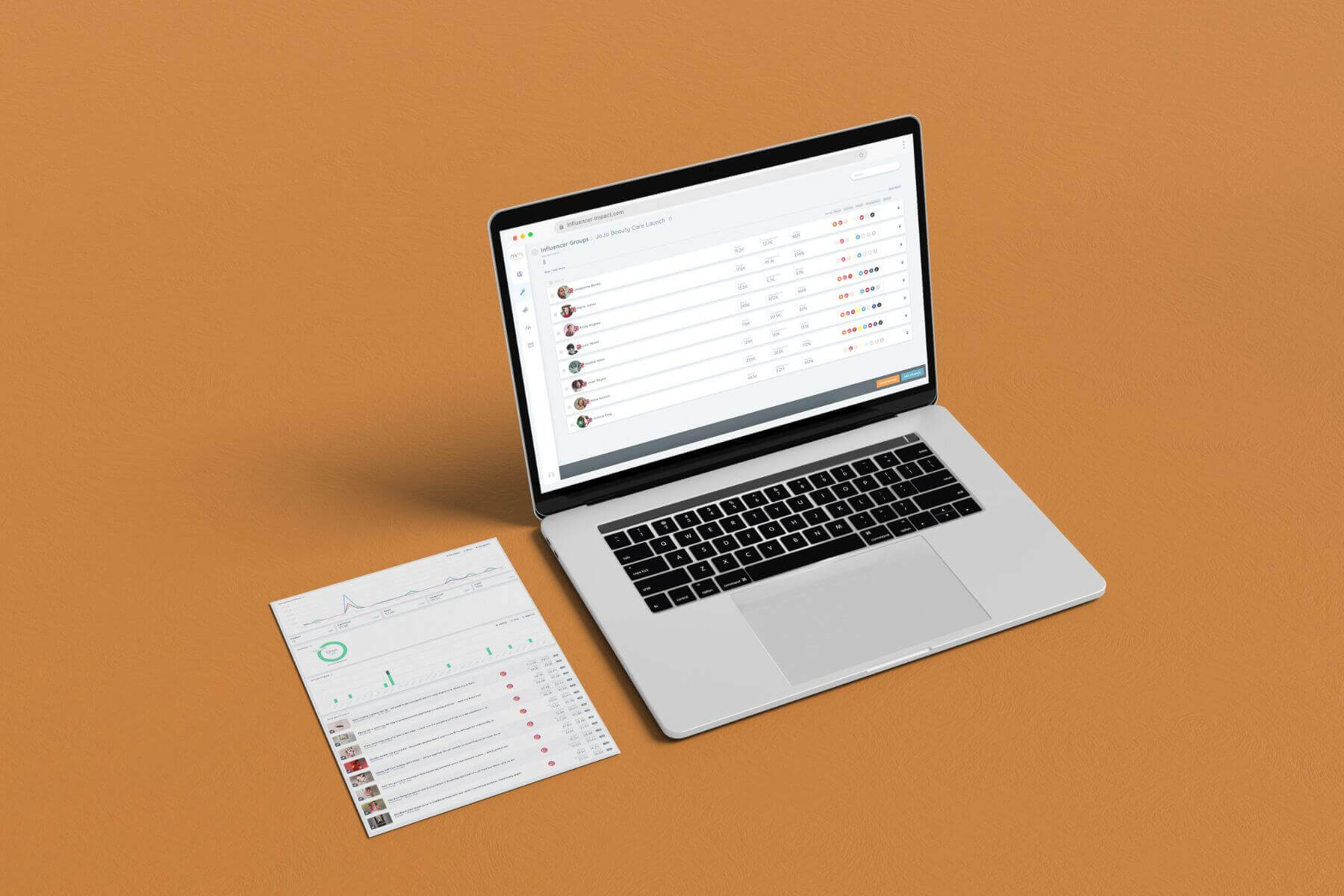In the beauty industry, working with influencers is a common and often lucrative practice. They might appear in your ad campaigns or could be employed to be the first to publish reviews of your latest products. However, with ‘fake followers’ on the rise and the pool of Instagram stars ever-growing, how do you know if your chosen influencers are truly legitimate?
In 2018, it was believed that Instagram may have as many as 95 million bots, which accounted for 9.5% of the platform’s total user base. Companies have been known to sell these bots – sometimes with stolen images and names – to influencers hoping to bump up their follower counts or cheat their engagement figures.
Many brands, beauty or otherwise, have fallen trap to influencers’ fake follower counts, leading to a disappointing return on investment (ROI) for a costly ad campaign. In a survey by Marketing Hub, 25% of respondents reported they had lost money or just broken even on their influencer marketing campaigns.
This is partly down to poor influencer choice. 53% of beauty brands say that identifying the right people to work with this is their biggest pain point of influencer marketing. Meanwhile, 52% struggle to ensure the collaboration is authentic. If you’re one of those brands, here we reveal five steps to take to ensure those followers and engagements are real – enabling your influencer marketing budget to go further…
1. Analyse Influencers’ Accounts
It goes without saying that you need to analyse each influencer’s channel first. This means looking at not just their content, but their engagements and number of followers, too. Sometimes, even a cursory glance can raise a few red flags. These are just some of the warning signs that bots are at play on an influencer’s feed:
- Inconsistent posting schedules yet high engagement
- Engagement rapidly rising from one post to the next
- A sample of followers with no posts or small followings themselves
From a content point of view, you’ll also want to ensure their style matches your brand message, so take a look at the tone of voice in their captions and the ratio of branded versus organic content. Check if they’re using the full array of content types – grid posts, Stories and Reels – and if they’re linking to other social networks on their profile summary.
These are the initial checks that help you create an influencer longlist. However, this manual analysis can be time-consuming and is relatively subjective. To reach your shortlist, further quantitative and qualitative metrics need to be considered, so you can unlock authentic partnerships as part of an objective strategy.
2. Run a Complete Audience Analysis
As well as helping to weed out potential bots, an influencer audience analysis paints a clearer picture of the type of followers your partnership is going to reach. Understanding the audience’s gender, age, location, interests and more is critical, helping to throw up any details that don’t align with the product you’re promoting. For example, if a large share of audience members is located in countries that aren’t core to your campaign, you may decide to look for a better fit.
Manually interpreting an influencer’s audience demographics is nigh on impossible, although one way is to request the first party demographics directly from the influencer. However, this is another time-consuming process that means, before you’ve even reached your shortlist, you need to contact a wide array of influencers and pitch your campaign idea – all adding to your workload.
Alternatively, a service such as Influencer Connect will allow you to independently review each influencer, based on specific data collection and algorithms that identify the audience make-up. With a service such as this, not only are you able to look at gender, age and location, but you can also highlight audience interests and hashtags that they regularly use.
3. Assess Quality of Content and Comments
Influencers are content creators, so reviewing their content is critical to your vetting process. While this does not necessarily identify whether an influencer is ‘authentic’, it will give you an idea of what their audience likes, so you can collaborate on a campaign that resonates.
Meanwhile, the comments will highlight authenticity. Typically, the lower the comment ratio or the less in-depth the comments are, the higher the chance that they’re employing bots or fake accounts. Look out for detailed comments and conversations from audience members. These interactions reinforce whether an influencer has a high level of authentic community engagement.

4. Look at Follower Growth Rate
Just as important as analysing trends in engagement rate is looking at an influencer’s follower growth rate for any unusual activity. While certain posts – such as competitions, campaigns or viral content – may give their audience a boost, rapid, sporadic rises may indicate the purchasing of bots.
Watch for sudden spikes, but also look out for unexplained plummets. Over the past 18 months, Instagram’s drive to weed out fake accounts and bots has led to some deep declines that tell a story of their own.
5. Review Engagement Rates
Typically, engagement rate is measured by the number of likes, shares, comments or saves an influencer’s post receives in proportion to the number of followers. It’s not enough to check the most recent two or three posts; to determine average engagement rate, you should identify the trend of that engagement over a specific period of time.
What you are looking for is consistency and a growth of engagement over the course of a few months (or years) that can be tied specifically to the number of posts and the type of content being posted. This can sometimes be impacted by the category of influencer you are looking at, with micro-influencers typically garnering higher engagement rates compared to their macro counterparts.
MMI data found that an average 2% engagement rate is ‘good’ for Instagram, and macro-influencers with authentic, engaged followings will typically trend around this mark. Micro-influencers will often trend higher, meaning that even though their audience is smaller, it may be a more dedicated group of followers.
Next, see how this engagement rate changes over time. Are there sudden peaks and troughs? Significant uptick or drop off in engagement can be a red flag. While it could be a result of algorithm changes or repetitive content, it can also suggest that an influencer is employing fake accounts or possibly operating in ‘influencer pods’ to inflate their own engagement.
Up next: Looking for more advice on your social media strategy? Get inspiration by discovering 7 ways beauty brands are using TikTok .




